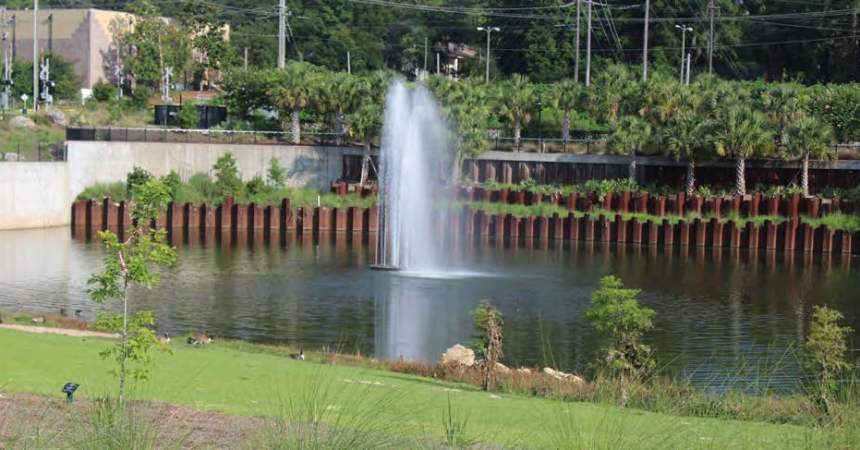
Pond owners in hurricane prone areas need to be prepared for a natural disaster. Its always best to plan for a near worst-case scenario. Sometimes there is a mandatory evacuation and then you can only hope for the best. Other times, a storm comes through and causes a loss of power for a few days. In this guide, we will look at the second scenario.
First its best to have supplies ready early–before you actually need them:
- Supplies
- Battery operated air pumps (several)
- Batteries for them (many)
- Airline tubing
- Activated
carbon - Mesh bags for holding the activated carbon (several)
- Hurricane / tropical storm is imminent
Passing through
There isn’t anything that you can do for your pond or its inhabitants during this time. Do not endanger your life! The rain will refill the pond–this was the reason for you draining it prior.
Come and gone
Upon the storm passing, do another survey of the pond to ensure its safe to approach or accessible. If you have power, temporarily power down all filters and remove the debris with a net. This means limbs, leaves, anything foreign, etc. If there is a mechanical filter, go ahead and rinse it clean and replace. Then power back up all filters. Also perform a small water change. Consider waiting a day or so to feed your fish as your filters will have enough waste to filter through.
If you do not have power, you will want to first remove as much debris from the pond as possible. Then get those battery powering air pumps operating immediately. We recommend placing the output of the airline tubing that runs from the air pump so that the bubbles make contact with the activated carbon. The debris may have cause toxins to enter the pond and the carbon will start to absorb impurities–however, it needs water movement to be effective.
Resist the urge to feed your fish! Their waste won’t be able to be filtered–they will certainly survive a few days without food!
When your power returns, perform a large water change and get your filters running again. Its likely that they will go through a small cycle as the bacteria levels in your biological filter would have been reduced drastically. You can now remove the battery powered air pumps. Relocate the activated carbon to an air with strong water flower such as a waterfall or the exit point of a biofilter. Feed your fish minimal amounts of food until your filter catches back up.
Additional thoughts
You must remove all casualties immediately.
Your plants will be tattered but they are resilient. After a couple days, you may notice foliage beginning to yellow–go ahead and remove it so as to stimulate new growth.
